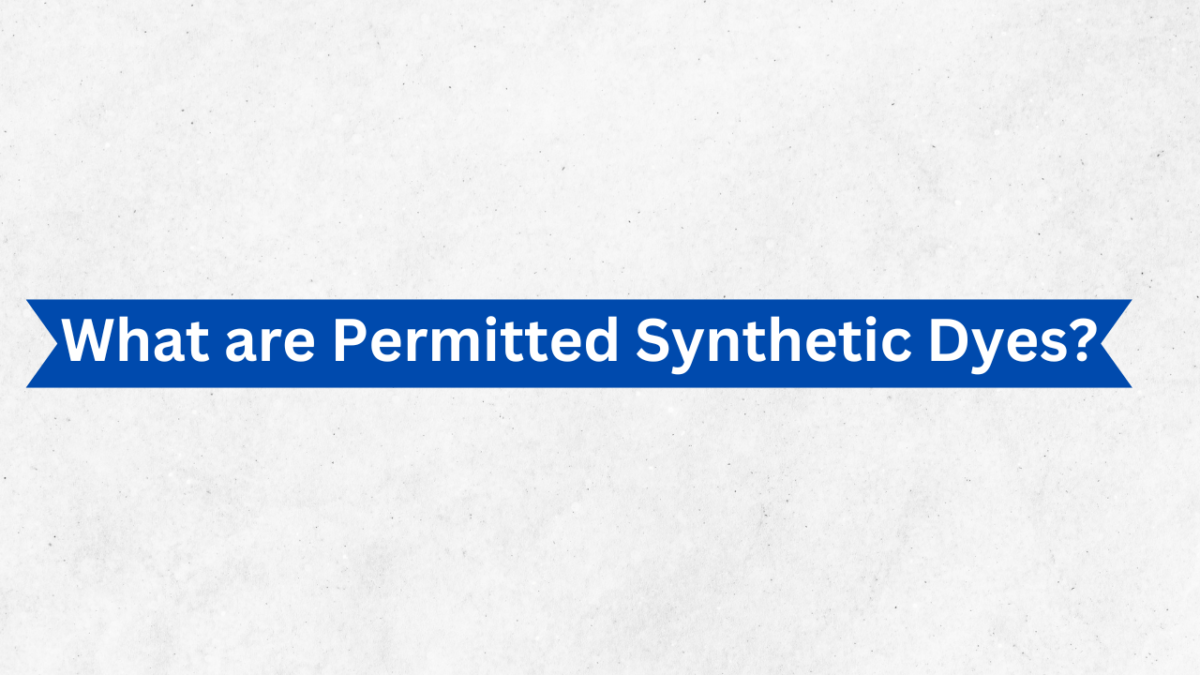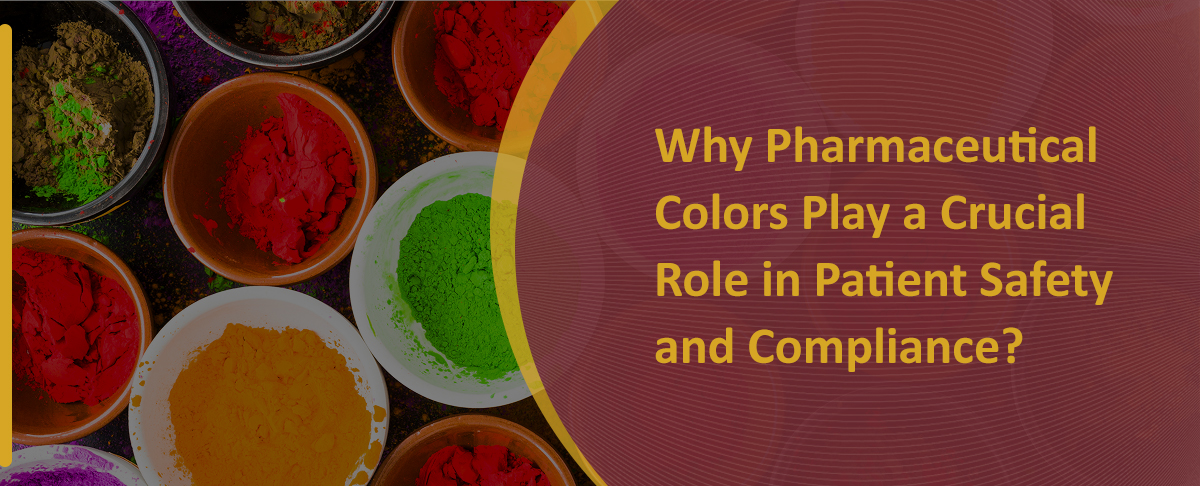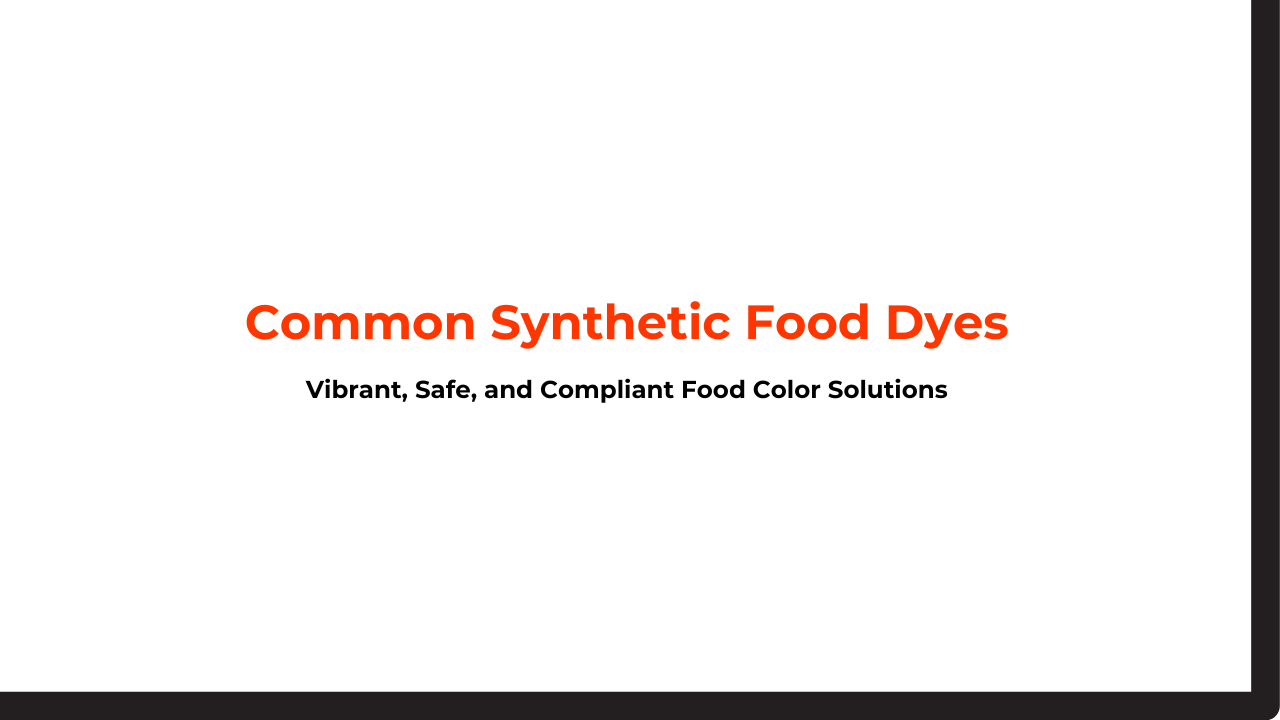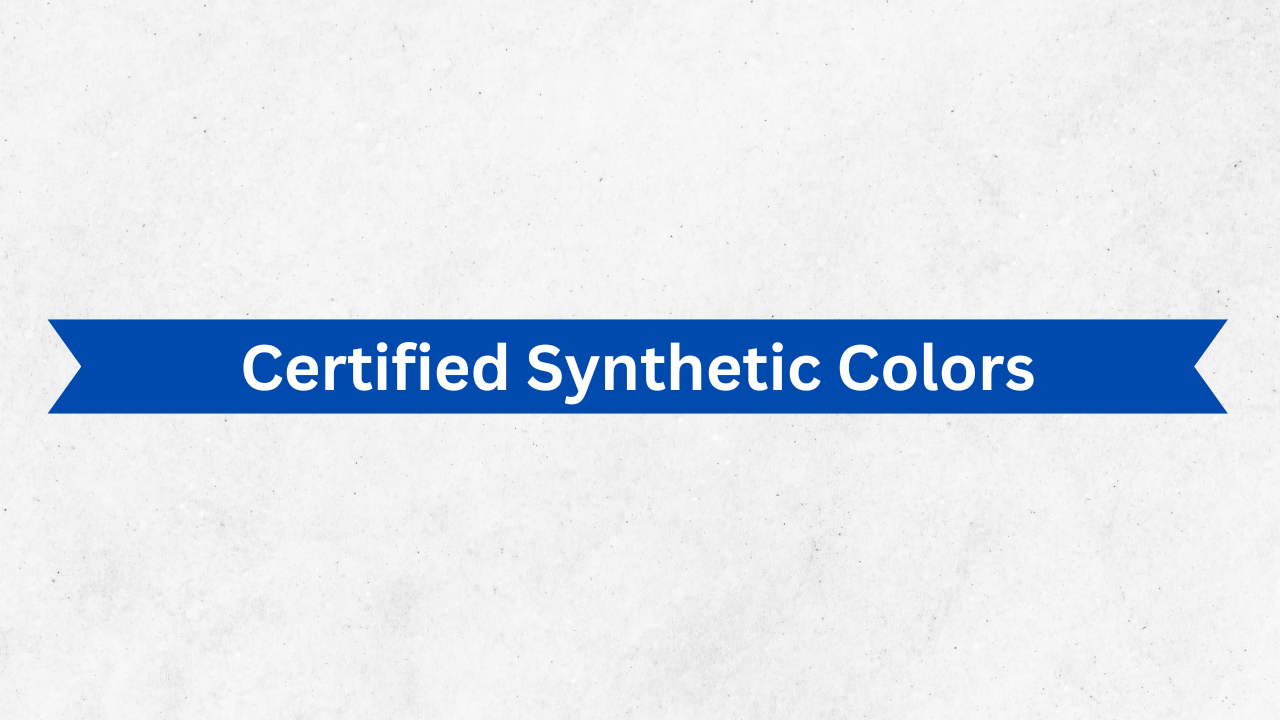Permitted synthetic dyes are chemicals derived from coal-tar and petroleum-based chemicals used in foods, drugs, and cosmetics. The Food, Drug, and Cosmetics Act (FD&C Act) requires food colors or colorants to be tested for purity and to contain no specific contaminants within legal limits. This blog post will walk you through the permitted synthetic dyes.
The use of permitted synthetic colors is regulated and monitored under the U.S. Food and Drug Administration Act to ensure product quality and efficacy. Permitted synthetic dyes, colors that are not permitted, or colors that are used randomly can negatively affect humans and animals.
These synthetic dyes, also known as certified synthetic colors or dyes, are most commonly used in cosmetics, food, and pharmaceuticals.
Whether you’re a business or individual professional still wondering what synthetic dyes are permitted and need more information on the usage of synthetic dyes, continue reading this blog.
What are Permitted Synthetic Dyes?
Permitted synthetic food dyes include Yellow dyes (Tartrazine, Sunset Yellow FCF), Blue dyes (Indigo Carmine, Brilliant Blue FCF), Red dyes (Ponceau 4R, Azorubine, Erythrosine), and the Green dye Fast Green FCF. These synthetic dyes must meet the requirements of the US FDA, EFSA, and FSSAI, and be pure and free of harmful impurities.
The most common analytical methods for measuring food dyes are spectrometry, which measures maximum absorption maxima, and chromatography, which separates dyes based on their properties using techniques such as paper chromatography, thin-layer chromatography, and column chromatography.
History of Color Additives
The FDA’s permitted food colors are classified as either subject to certification or exempt from certification. Both must meet the same safety standards prior to approval for use in foods.
The Federal Food, Drug, and Cosmetic Act (FD&C Act) provides that a substance capable of imparting color is a color additive and is subject to premarket approval requirements unless the substance is used in a product solely for a purpose other than coloring and is clearly unimportant to the product’s marketability.
Food color additives have a long history due to the numerous benefits they offer, including the ability to provide a diverse range of bright, more vibrant colors, high color intensity, and greater resistance to light or heat.
Understanding certified color additives is crucial to ensure proper use and reliance on them. Color additives are most commonly used in various food applications for coloring products, including:
- Offset the effects of sunlight, air, extreme temperatures, moisture, and storage on color.
- Improve colors derived naturally.
- Ensure correct natural variations in color.
- Give color to “fun” and colorless products.
According to the US FDA regulations, colors or color additives can be added to foods only after they are deemed safe at their intended levels. Whenever the FDA approves the use of these color additives, US FDA regulations specify how they will be used in various applications, including food, drugs, and cosmetics.
Types of foods in which it can be used
Food labels must include the maximum allowed amount of color or color additives and the procedure for declaring them more efficiently. There are two categories of FDA-approved food colors: those that are subject to certification and those that are exempt from certification. Both of them must meet the same safety standards and rigorous quality measurements set by the US FDA.
1. Certified Color Additives
It is common to use synthetic color additives due to their ability to impart a uniform, intense color, their low cost, and their ability to blend more easily with other colors. Seven certified color additives are approved and permitted for use in foods. They are also known as “FD&C” color additives since they can also be used in cosmetics and drugs. FD&C Yellow No. 6 is a great example of certified color additives.
2. Non-Certified Color Additives
A dye or pigment derived from a natural source, such as a vegetable, mineral, or animal, is generally exempt from certification requirements. Many color additives are exempt from certification, such as annatto extract (yellow), caramel (yellow to tan), dehydrated beets (bluish-red), grape skin extract (red or purple), and beta-carotene (yellow to orange).
Conclusion
Ultimately, permitted synthetic dyes are widespread across various applications, including food, pharmaceuticals, and cosmetics. The Prevention of Food Adulteration (PFA) Act of 1995 approves and permits the use of permitted synthetic food dyes in the food industry.
Permitted synthetic food colors, or artificial colors, are derived from chemical reactions and are most widely used in the food and pharmaceutical industries. Are you a business or individual professional looking for more information on a wide range of permitted synthetic dyes? Contact us today!




